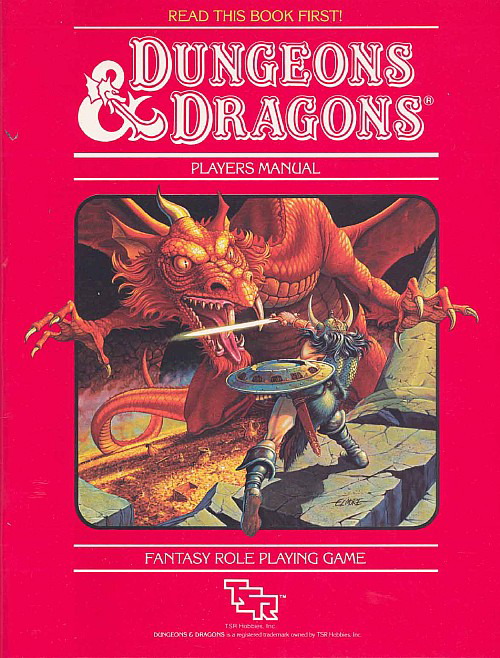A lot of Holmes goes back to the original D&D set, such as all weapons doing 1d6. Other things, such as the hit dice and monsters' attacks, are later developments. Such "Holmes house rules" as initiative by dexterity stem from ambiguities in the seminal text. The roll to hit for magic missile spells is a reasonable interpretation of the original spell description (in Supplement I). The short combat turn is more clearly novel, although I suppose one might derive it from a combination of ambiguous usage of the term "turn" in D&D with the reference to Chainmail (but then 6 seconds would seem more likely than 10). That underworld inhabitants can see in the dark, the peculiarities of doors therein, etc., are also features of the original game.
Exploration movement rates are double those in other post-OD&D editions (including AD&D), reflecting the original game's feature of two "moves" per turn.
(I like the original scheme not only from long familiarity but also because deducting a "move" for various activities -- such as opening a stuck door or deciding which way to go at an intersection -- works in a way that pleases me.)
The mention of running at triple speed also (at least in my memory) stands out as notable, although I think AD&D made similar provision.
The simplified treatment of encumbrance got slightly complicated in later Basic sets. The Holmes version has a "rough and ready" elegance (a curious combination that seems to me quite in the D&D spirit) that stands out from the counting of coin-equivalents in both the Original and Advanced games. Consideration of just how one is carrying one's kit -- rather than a "weight" total -- gets special attention in the text (including an example equipage), and I think quite properly.
So, Holmes is in many ways an introduction to OD&D. Gygax wrote that it offered nothing of significance for owners of the little brown books, but I think that sells short the clarification of some things (especially concerning combat). An error introduced a mixed-up derivation from Chainmail that made daggers the best, and two-handed swords the worst, hand-to-hand weapons in the game -- but a similar rule (for daggers, anyhow) had been used in the Gen Con IX D&D tournament!
Overall, though, I would say that play is very similar to later Basic editions and that one might without too much trouble move on to either Expert Set (or to the Advanced game).
Exploration movement rates are double those in other post-OD&D editions (including AD&D), reflecting the original game's feature of two "moves" per turn.
(I like the original scheme not only from long familiarity but also because deducting a "move" for various activities -- such as opening a stuck door or deciding which way to go at an intersection -- works in a way that pleases me.)
The mention of running at triple speed also (at least in my memory) stands out as notable, although I think AD&D made similar provision.
The simplified treatment of encumbrance got slightly complicated in later Basic sets. The Holmes version has a "rough and ready" elegance (a curious combination that seems to me quite in the D&D spirit) that stands out from the counting of coin-equivalents in both the Original and Advanced games. Consideration of just how one is carrying one's kit -- rather than a "weight" total -- gets special attention in the text (including an example equipage), and I think quite properly.
So, Holmes is in many ways an introduction to OD&D. Gygax wrote that it offered nothing of significance for owners of the little brown books, but I think that sells short the clarification of some things (especially concerning combat). An error introduced a mixed-up derivation from Chainmail that made daggers the best, and two-handed swords the worst, hand-to-hand weapons in the game -- but a similar rule (for daggers, anyhow) had been used in the Gen Con IX D&D tournament!
Overall, though, I would say that play is very similar to later Basic editions and that one might without too much trouble move on to either Expert Set (or to the Advanced game).
Last edited:






